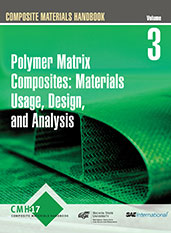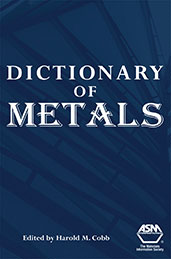Book

Accelerated Testing: A Practitioner's Guide to Accelerated and Reliability Testing, 2nd Edition
2021-08-16
The application of accelerated testing theory is a difficult proposition, yet one that can result in considerable time and cost savings, as well as increasing a product's useful life. In Accelerated Testing: A Practitioner's Guide to Accelerated and Reliability Testing, readers are exposed to the latest, most practical knowledge available in this dynamic and important discipline. Authors Bryan Dodson and Harry Schwab draw on their considerable experience in the field to present comprehensive, insightful views in this book. Readers have free access to a website with numerous Excel templates and statistical tables as well as government documents and the AMSAA Reliability Growth Handbook. Development and quality assurance tests are defined in detail and are presented from a practical viewpoint. Included are testing fundamentals, plans and models, and equipment and methods most commonly used in accelerated testing.



















